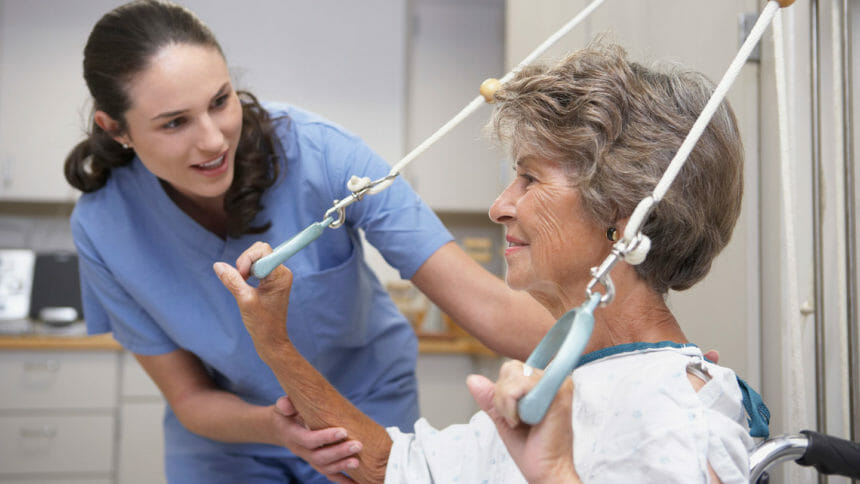
A new stroke rehabilitation computer program employs sensors to recognize and count arm movements with 77% accuracy, its makers say. Once refined and further tested, they plan to offer the program free to rehab experts.
The tool, called PrimSeq, was developed by New York University and uses sensors strapped to the arms and back to capture upper body movement in three dimensions. More than 51,000 upper body movements of actual stroke patients were used to create the program, which was then tested in a group of eight patients.
Lost limb mobility is a frequent consequence of stroke. The study’s authors, from the NYU Grossman School of Medicine, said that PrimSeq offers much-needed standardized measures of the precise amount of exercise each patient is receiving.
Correct identification of movement counts is key to achieving ideal stroke rehabilitation outcomes, they said.
“Such an aid is desperately needed because counts made from video recordings or other wearable sensors do not offer standardized measures of precisely how much rehabilitation exercise each patient is receiving,” said Heidi Schambra, M.D., from the school’s department of rehabilitation medicine, in a statement. “Any improvements in exercise dose received must be based on accurate, automated measures of the type and number of arm movements involved in a given exercise.”
The research team aims to refine their computer model and develop a smaller device that can be worn on the arm and upper body. If additional experiments are successful, they plan to test it in clinical trials.
“I would assert that our tool is very promising for clinical use, since the alternative is not having accurate counts at all,” Schambra said.
The researchers have shared the data used to construct the computer program online.
Related articles:
Seated tai chi improves functional, mental health recovery in ischemic stroke
Stroke patients see huge survival boost with modified cardiac rehab




